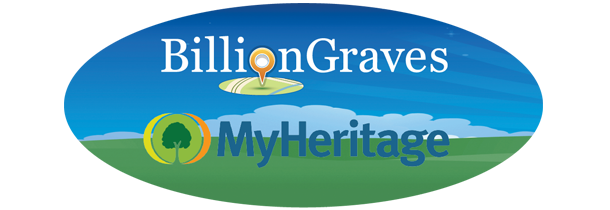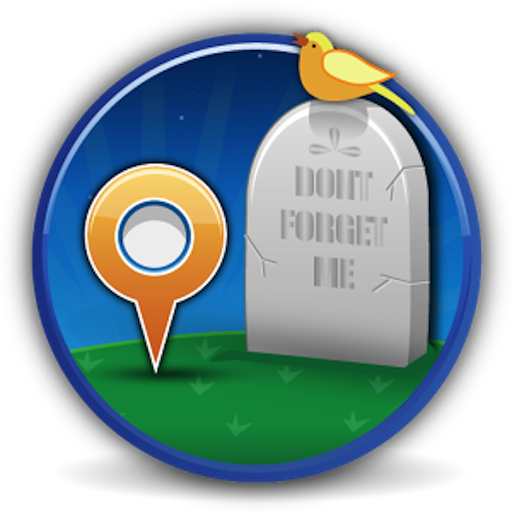Questions and Answers about FamilySearch Partners
February 26, 2014 By
 On February 6, 2014, FamilySearch announced a series of agreements with Ancestry, findmypast, and MyHeritage to accelerate the delivery of freely searchable genealogical records to family history researchers. These agreements are in line with the FamilySearch mission to publish online as many freely available, searchable genealogical records as possible.
On February 6, 2014, FamilySearch announced a series of agreements with Ancestry, findmypast, and MyHeritage to accelerate the delivery of freely searchable genealogical records to family history researchers. These agreements are in line with the FamilySearch mission to publish online as many freely available, searchable genealogical records as possible.
The agreements are best understood in light of the overall pace at which searchable records are currently being delivered on FamilySearch.org. Notwithstanding the astounding success of the FamilySearch indexing program and the tireless dedication of hundreds of thousands of volunteers, it will still take many generations to index and publish just the records contained in FamilySearch’s Granite Mountain Records Vault. This estimate does not account for the more than 35 million new images of records that are digitized each month—and that rate is increasing.
FamilySearch indexing, is, at best, only a partial solution to the challenge of making searchable records available in a timely fashion. Clearly, there is a need for additional, creative approaches to providing indexed records, which is why it makes sense to partner with leading commercial genealogy providers such as Ancestry, Archives, findmypast, Fold3, and MyHeritage. Working together, FamilySearch and its partners will bring billions of currently unsearchable and unavailable records to patrons decades before these records would otherwise become available.
Some people have questions about how this collaboration will all come about and what it means to volunteers. Below are answers to some of the most common questions.
Q. Will records indexed by FamilySearch indexing volunteers continue to be freely available to all patrons?
A. Yes. FamilySearch volunteers index and arbitrate with the understanding that their contribution will be made freely available to others. These partner agreements will not change this practice.
Q. Will FamilySearch indexing continue to be a viable means to produce indexed records?
A. Yes. In fact, FamilySearch is making a substantial investment to develop a new, web-based version of the indexing program that will streamline the process of creating indexed records and will enhance the indexing experience for volunteers. More volunteers are constantly needed, especially those with skills in languages other than English.
Q. What exactly do the partners bring that will accelerate the availability of indexed records?
A. The partners are helping us publish searchable records that would not otherwise be indexed for decades. In most instances, FamilySearch digitizes and publishes the images, and the partner pays a commercial company to index the records.
Q. Will the records indexed by the partners be freely available?
A. When the partner creates the index, FamilySearch allows for a period in which the index and images are available only on the partner site to allow the partner to recover the investment it made in creating the index. After this restricted period has passed, FamilySearch is able to publish both the image and index on FamilySearch.org as well. Occasionally, due to restrictions placed on the records by archives, or due to other circumstances, the images may only be available for a fee on a partner site. Most of the time, images are free for everyone on FamilySearch.
Q. How can someone get access to records that have been indexed by the partners earlier than the end of the restricted period?
A. Part of the agreement with our partners stipulates that members of The Church of Jesus Christ of Latter-day Saints will gain the ability to access the full collections of records published on their sites. These same sites are available free to all researchers in the Family History Library and our more than 4,700 family history centers worldwide. The other way to gain access at this point is to subscribe to the partner services.
Q. Is this fair to volunteers who are not members of The Church of Jesus Christ of Latter-day Saints?
A. These agreements take nothing away from volunteers who are not members of The Church of Jesus Christ of Latter-day Saints. All records publicly indexed through FamilySearch indexing are still free and will remain available on FamilySearch.org without a fee.
Further, donations from Church members fund FamilySearch. These contributions and the efforts of thousands of missionaries who work without pay are the means by which FamilySearch has been able to gather records for more than 100 years and make these records available to the public at no cost through FamilySearch.org, at the free Family History Library in Salt Lake City, and at the more than 4,700 family history centers around the world. This is an enormously expensive undertaking that is unparalleled in history. Clearly, these people deserve our thanks for enabling this work to go forward and for making it possible for tens of millions of people to discover their ancestors.
Q. I am a volunteer; is my work being sold to the commercial companies for them to profit from it?
A. FamilySearch honors the sacrifice of its volunteers by freely sharing what it freely receives. Your contribution of time and effort will always be freely available on FamilySearch.org. Under some circumstances, FamilySearch may deem it advisable to allow a commercial partner to offer records on their site that have been keyed by volunteers in order to make other records held by the partner freely available on FamilySearch.org. In this case, the value of your contribution doubles by making even more records freely searchable by all.
Q. Will FamilySearch continue to form these kinds of partnerships with commercial vendors?
A. Yes. This collaboration is one of the many ways we will accelerate the delivery of family history resources and make them accessible to the world. As long as we can continue to create a win-win situation for the other players in the family history community, we will continue to invite them to join with us, not just to exchange records, but to continue to innovate and develop the next generation of tools to search, organize, and present these records as well.
Our hope is that we can continue to find ways to help the commercial companies to be successful so they will continue doing the innovative kinds of things that have made family history the exciting pursuit it is today.










